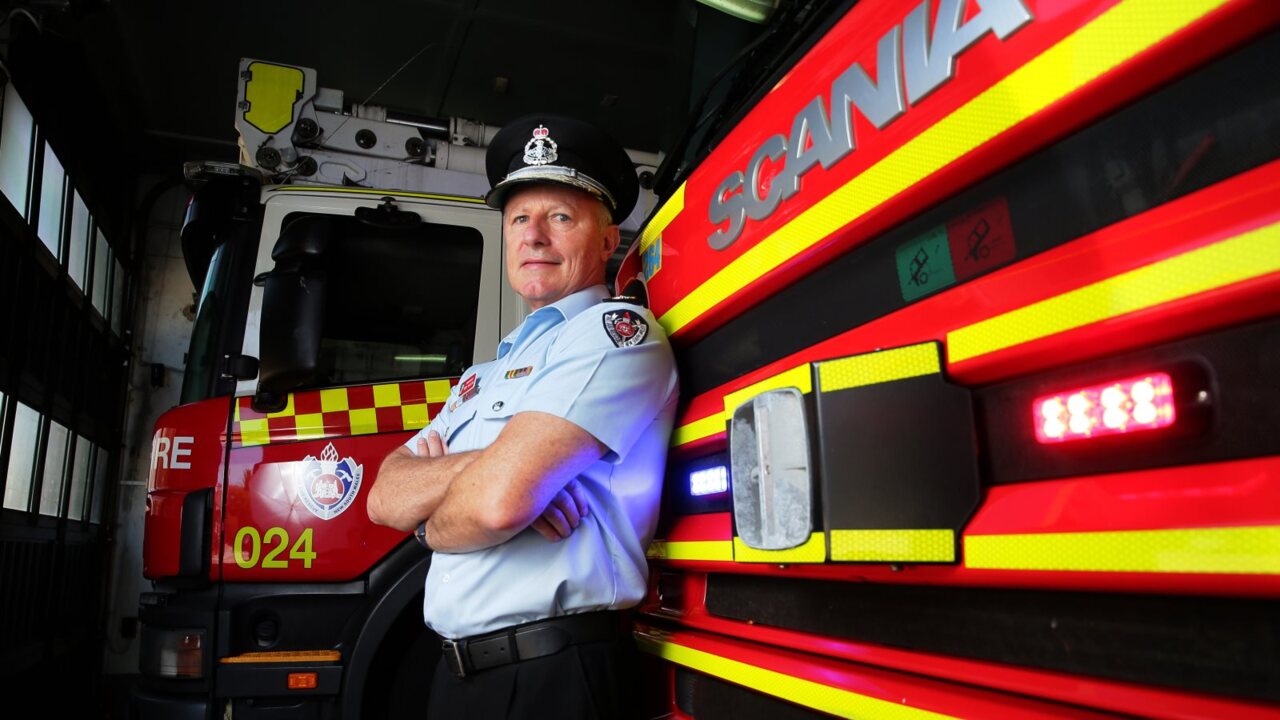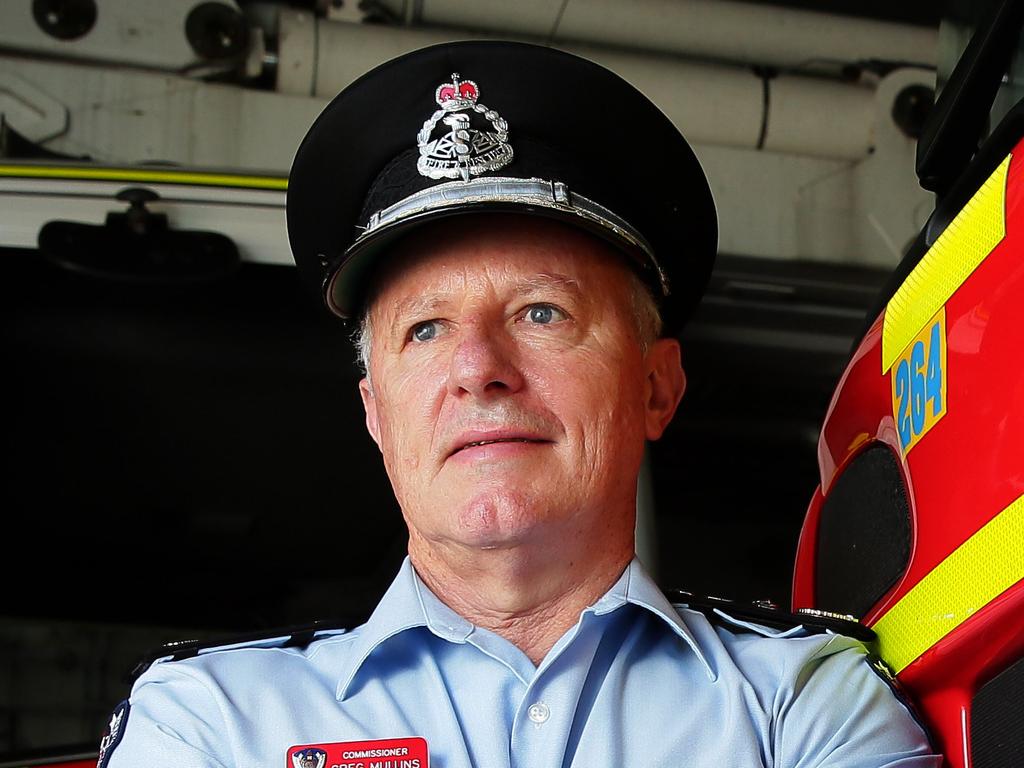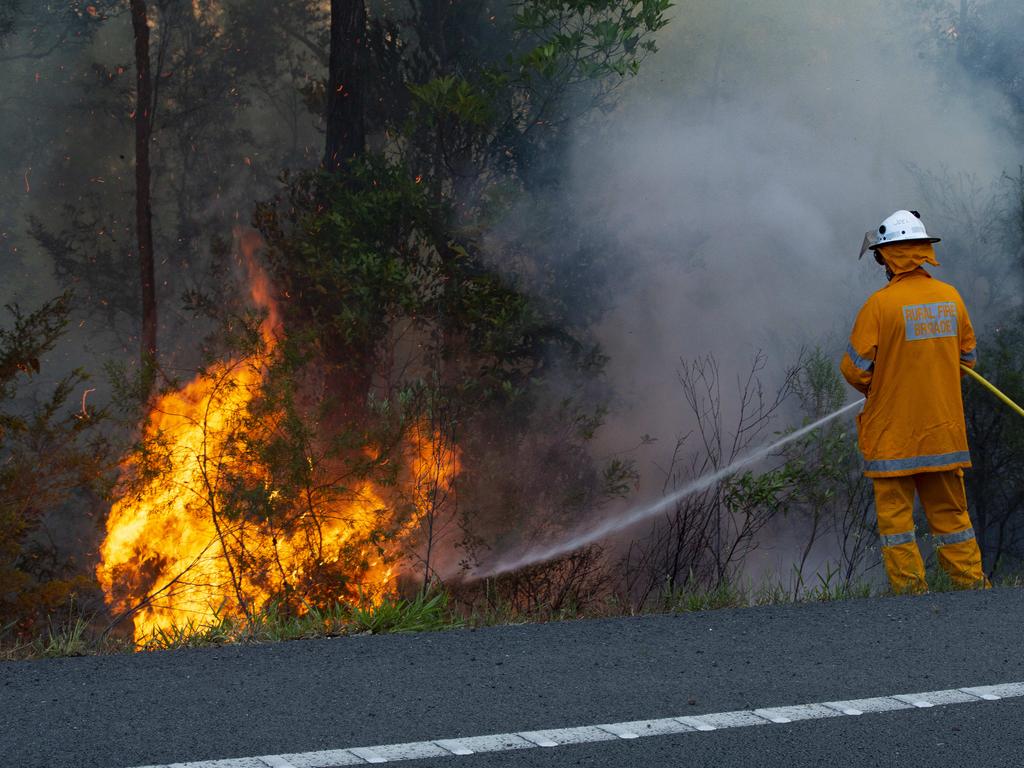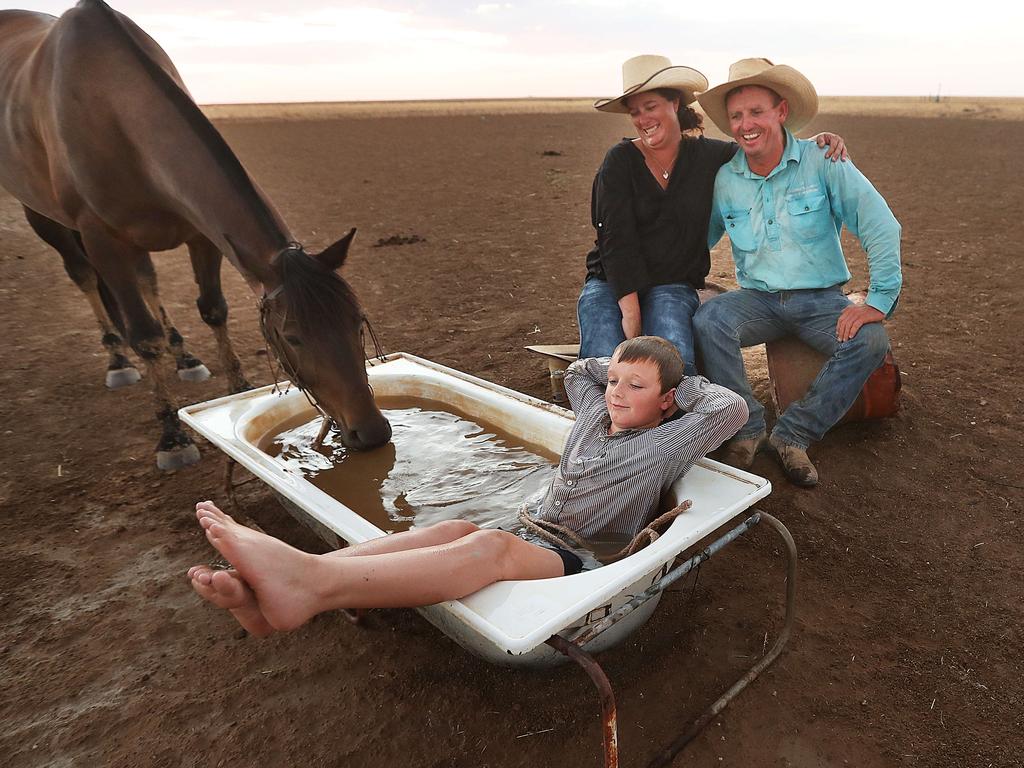Bushfire crisis: Climate wailing ignores fuel build-ups

Even if we could change the climate (cooler summers, saturating winter rains, light breezes, no more droughts), it would not influence the current weather patterns or stop the fierce bushfires coming up the driveway this afternoon.
Even if we knew exactly how to change the climate, anything we did in Australia would have to be replicated globally (especially in China and India) to make any difference; and even if global measures were applied tomorrow, the desired new climate might not cut in for many years.
The “climate change is causing bushfires” position has two killer flaws. It takes no account of fuels. And it prescribes no practical actions that will help with the immediate bushfire threat. Ignoring fuel is an error of astonishing magnitude. In Bushfire 101 we learned about the fire triangle. A bushfire can occur only if three things are present: oxygen (in the air), fuel (to burn) and heat (a source of ignition to get the fire started).
If any one of the three is missing, no fire.
Nothing can be done to remove the air and the oxygen it contains. Nothing can be done to stop bushfires starting. They will be lit by lightning strikes or started by humans, deliberately or accidentally.
But bushfire fuel can be removed, or at least the quantity of fuel around a house or in the bush can be reduced to a point where a fire will burn at a relatively low intensity, allowing firefighters to deal with it relatively comfortably.
If fuel is allowed to build up, as happens in long-unburnt eucalypt bushland, the eventual fire will be of high intensity. If a crown fire results, generating a downwind ember storm, the fire will be impossible to control and highly damaging, no matter how many thousands of firefighters and water bombers you throw at it.

Blaming climate change for the current spate of bushfires ignores the fact these bushfires have proven almost impossible to control once they got going. This is because they are burning heavy fuels dried out by drought. Ignoring fuel is the ultimate cop-out. It absolves the authorities of any responsibility for the incubation of this fire epidemic through the years as dangerous levels of fuel were allowed to build up in the nation’s bushlands.
But what of the solutions proposed by the “fire chiefs”? I have yet to see any, other than the usual suggestions to curtail CO2 emissions, shut down coal-fired power stations, no coalmines, switch to electric cars, use trains instead of aircraft, and so on. What will these measures actually achieve? There is no agreement. When will their impact on the climate become significant? There is no agreement on this either, other than vague statements about 2030 or 2040. As far as I can see the “fire chiefs” have offered nothing of any practical or immediate value in terms of bushfire management.

However, I am in full agreement with them on one thing: something must be done to fix the bushfire crisis in Australia.
A good start would be for governments and bureaucrats to acknowledge the three great truths about bushfires in this country. First, Australia is naturally bushfire-prone. This is because of our hot, dry summers, periodic droughts, flammable vegetation and abundant sources of ignition. Second, bushfires cannot be prevented. Third, their severity and damage can be minimised but this requires effective management.
The effective approach is well understood and field-tested. You must harden-up rural and semi-rural communities to increase their resilience in the expectation of fire. You should reduce the fuels in the bush. And you need an efficient firefighting force. It won’t work with only one of the three; you must have them all, properly integrated.

Trouble is, the nation as a whole does not understand or agree on these key points. There is confusion about priorities. Thus we see “fire chiefs” focusing on climate change, environmentalists on protecting biodiversity, the fire services on firefighting, and the aviation industry (backed by the media) pushing for more and bigger water bombers.
Meanwhile, politicians are scrambling to please everyone, and pleasing nobody. The leadership vacuum is devastating.
In my opinion, the intervention from the “fire chiefs” is political, based on the “take action on climate change” agenda rather than the “fix the bushfire crisis now” agenda.
There is nothing the matter with being a climate activist, per se, but advocating policies that distract the authorities from dealing with the immediate bushfire threat can be described only as irresponsible.
Roger Underwood is chairman of the Perth-based Bushfire Front. He has 60 years’ experience in bushfire management.







A group of former “fire chiefs” is blaming the current bushfires across Australia on climate change and demanding that Scott Morrison take urgent action to fix the climate. This, it claims, will fix the bushfire threat.